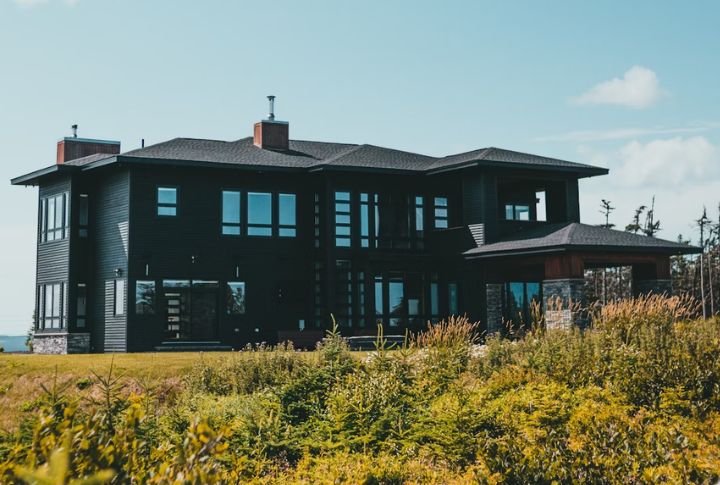
Trends move faster than the paint can dry, and exterior styles that once felt bold and fresh can suddenly seem out of sync with the times. And according to design pros, it’s not just about taste—it’s about how trends age in real light, weather, and culture.
So, let’s find out which exteriors have lost their luster, and how design experts are steering us back toward balance and authenticity.
The Gray That Overstayed Its Welcome
It started sleek and sophisticated—gray was the darling of modern minimalism. Entire neighborhoods leaned into it, chasing that neutral calm. But now? Designers call it the “new beige.” What once looked clean now feels cold and colorless. Homes painted in endless shades of greige have begun to blur into one another, losing the warmth that makes architecture feel human.
And that’s exactly where the shift begins, from sterile uniformity toward lived-in charm.
Farmhouse Fatigue
The modern farmhouse once stood for white siding, black trim, and rustic accents. It spread like wildfire, showing up on suburban streets and country lanes alike. But repetition dulls beauty. The look that once brought rustic comfort now feels overly curated, like a Pinterest board that forgot the barn it came from.
Now, designers are softening the edges by introducing muted tones, raw textures, and organic forms that let individuality breathe again.
That craving for warmth has also reshaped our idea of what feels modern.
Industrial’s Cold Goodbye
A few years ago, black steel windows and exposed brick signaled urban sophistication. Today, they often feel unwelcoming. The industrial look, once seen as artistic rebellion, has cooled into rigidity. Homeowners now crave touchable materials that reflect light differently as the day changes.
And nowhere is that yearning for softness more visible than in the fairytale facades that briefly took over social feeds.
The Blackout Backlash
Black exteriors promised power and mystery. For a while, they worked by being moody, modern, and unforgettable. But the reality was less romantic: fading paint, trapped heat, and warped finishes. That’s why the comeback of softer charcoals and forest greens signals a maturing palette—still bold, but better balanced.
Balance, in fact, is what’s guiding many of the design reversals ahead.
Glass Walls, Hard Lessons
For years, transparency was everything—floor-to-ceiling glass, seamless indoor-outdoor flow. However, homeowners quickly realized what architects had warned: exposure ages fast. Too much glass means too little privacy, too much heat, and constant cleaning. Now, designs favor layered openness—strategic windows, shaded courtyards, and filtered light that changes with the seasons. “
And comfort, it turns out, depends on honesty, which is something missing from the next category of fading fads.
Timeless Over Trendy
Every fading fad points to one truth: beauty that lasts is born of restraint. Design pros agree, as homes that age well aren’t chasing perfection; they’re embracing personality. Authentic materials, balanced palettes, and proportionate lines hold up against time because they speak quietly and confidently.
In short, a timeless home tries to belong to its surroundings, to its climate, and to the people who live within. So, remember, trends will always come and go, but integrity in design remains the one feature that never fades.

